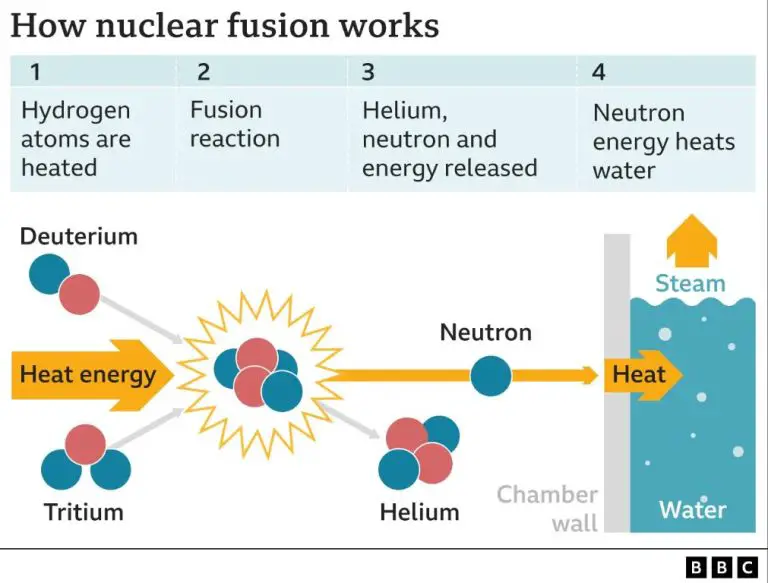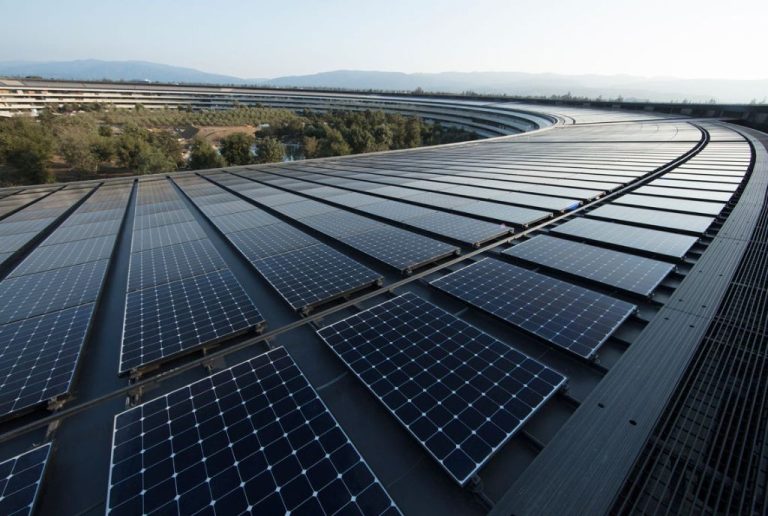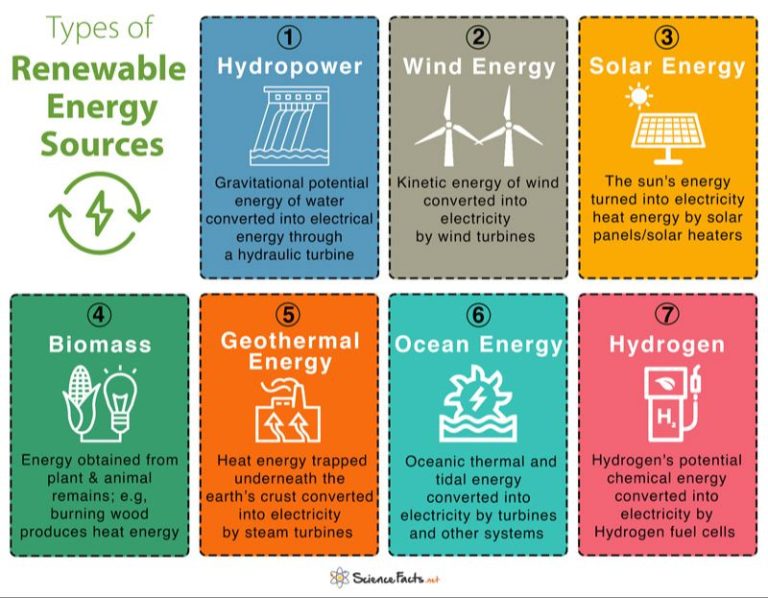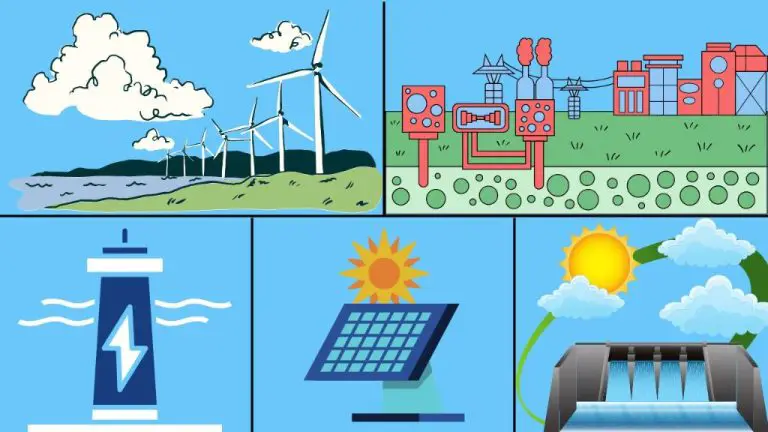Who Is The Greenest Energy Provider?

With concerns about climate change and a global push towards sustainability, many consumers want to switch to the “greenest” energy provider. However, there is no definitive “greenest” energy provider as different companies excel in different areas like renewable energy mix, emissions reductions, and energy efficiency incentives. We will compare top providers across factors like renewable energy percentages, carbon neutral plans, and innovative eco-friendly programs to see who is leading in the renewable energy space.
The criteria we will use to evaluate green energy providers are: renewable energy mix; emissions reductions; energy efficiency programs; green power programs; innovative technologies; carbon offsets; sustainability reporting; and renewable energy support. By looking at providers holistically across these key metrics, we can get a sense of who the leading green providers are though there may not be one company that is the greenest across every category.
With many consumers looking to reduce their environmental impact, there is demand for 100% renewable energy plans. However, as we will see, going 100% renewable involves more than just buying clean energy credits. Companies at the forefront of sustainability take a multi-pronged approach across their operations and offerings.
Renewable Energy Mix
One of the most important factors to consider when evaluating the greenness of an energy provider is their renewable energy mix, or the percentage of total energy provided from renewable resources like solar, wind, hydro power, geothermal, and biomass (ComparePower). Renewable sources produce significantly less greenhouse gas emissions than traditional fossil fuels like coal and natural gas.
According to Nextera Energy Resources, the country’s largest producer of wind and solar energy, their current renewable portfolio includes 23 wind facilities, 12 utility scale solar power plants, 2 battery storage facilities, and 1 geothermal plant (NextEra Energy Resources). This diverse portfolio of renewable generation allows NextEra to source over 30% of their energy from emissions-free resources. In comparison, many traditional utility companies still rely predominantly on fossil fuels, with renewables accounting for only 10-20% of their energy mix.
Other top green energy providers like Green Mountain Energy can offer 100% renewable electricity plans in select markets. This is achieved by purchasing Renewable Energy Certificates (RECs) or carbon offsets in amounts that match a household’s electricity consumption. While RECs facilitate renewable energy growth, direct generation from sources like wind and solar should be prioritized when evaluating an energy provider’s sustainability.
Emissions Reductions
Many major energy providers have set bold emissions reduction goals and are making progress toward meeting them. For example, Xcel Energy aims to reduce carbon emissions 80% by 2030 and reach net-zero carbon emissions by 2050. As one of the first U.S. utilities to set this ambitious carbon reduction goal, Xcel has already reduced emissions 44% since 2005. The company plans to retire all coal plants in the Upper Midwest by 2030 and replace that generation with low-cost wind and solar energy.
Similarly, Duke Energy has goals to reduce carbon emissions 50% by 2030 and achieve net-zero by 2050. Duke Energy has grown into one of the nation’s top renewable energy providers, on track to own or purchase 16,000 megawatts of wind, solar and biomass energy by 2025. The company is rapidly expanding solar power across its territories and building new wind farms and battery storage projects. Major investments in renewable energy and grid modernization will help Duke meet its carbon reduction timeline.
Energy Efficiency Programs
One measure of the greenest energy providers is the scope and impact of their energy efficiency programs. Many leading providers offer rebates and incentives to customers for installing energy efficient appliances, lighting, insulation and other weatherization upgrades.
For example, the U.S. Department of Energy reports that “Energy efficiency resource standards (EERS) mandate a quantified energy efficiency goal for an energy provider or jurisdiction within a predetermined timeframe” (DOE). States like California and Texas have efficiency standards requiring utilities to meet annual energy savings targets through customer energy efficiency programs.
Some specific utility rebate and incentive programs include:
- Rebates for purchasing ENERGY STAR certified appliances and lighting.
- Discounted smart thermostats that optimize heating and cooling.
- Rebates for upgrading to high-efficiency HVAC systems.
- Home energy audits and weatherization rebates for insulation, air sealing, etc.
By encouraging customers to use energy more efficiently, leading energy providers significantly reduce emissions while keeping rates affordable. Their commitment demonstrates environmental stewardship beyond their own operations.
Green Power Programs
Many energy providers offer green power programs that allow customers to purchase renewable energy credits (RECs) or subscribe to a green power product. This gives customers the option to support renewable energy generation even if they can’t install solar panels or access a renewable power purchase agreement. According to Dominion Energy, their Green Power program allows customers to purchase RECs from renewable energy sources like solar, wind and biomass. The revenue from REC sales helps fund new renewable energy projects. Similarly, Green Power EMC in Georgia obtains green power from renewable facilities across the state and provides a green power program for customers to opt-in and purchase green power.
Generally, green power programs allow customers to pay a premium on their electric bill to purchase RECs or subscribe to a green power product. The energy provider aggregates these premium payments to buy RECs or renewable energy from generators. This gives customers a simple way to support renewable energy without installing rooftop solar panels. The green power options and premiums vary by provider.
Innovative Technologies
Many green energy providers are making major investments in innovative renewable technologies like offshore wind, geothermal, and other emerging solutions. According to renewables.digital, NextEra Energy has invested over $34 billion since 2006 in new wind and solar projects, helping the company become the world’s largest generator of renewable energy. They are now looking to offshore wind and envision 30 GW of offshore wind projects by 2030. The Southern Company is also innovating, with plans to develop the largest hydrogen production and demonstration project in the U.S. called Project Hydra. This 100 MW electrolysis facility will produce green hydrogen from renewable energy to replace natural gas at power plants, reducing emissions.
Carbon Offsets
Many energy companies now offer carbon offset programs to help counter the greenhouse gas emissions they are still producing. Carbon offsets allow customers to pay a small premium on their energy bill to have an equivalent amount of emissions reduced or avoided elsewhere. The funds from the premiums are used to finance emissions reduction projects like tree planting, building renewable energy systems in developing countries, or capturing methane from landfills.
For energy companies, carbon offset programs are a way to engage customers in emission reductions while they work to transition their energy mix to renewable sources. Customers appreciate the option to take personal responsibility and counteract their own energy use emissions. And the projects funded lead to real, verifiable emissions reductions globally. While not a complete solution, carbon offset programs are an innovative way for energy companies to supplement their sustainability efforts.
Sustainability Reporting
Many major energy providers publish annual sustainability reports detailing their environmental, social, and governance initiatives and performance. These reports offer transparency into a company’s sustainability efforts.
For example, Xcel Energy’s Sustainability Report Highlights showcase their progress towards carbon reduction goals while maintaining reliable service. In 2021, Xcel reduced carbon emissions 44% from 2005 levels and is targeting an 80% reduction by 2030. The report details their renewable energy mix and energy efficiency programs.
Similarly, Evergy published a comprehensive 2022 Sustainability Report outlining their environmental stewardship, including plans to retire coal plants early and add thousands of megawatts of renewable energy. Evergy aims to reduce carbon emissions by 85% from 2005 levels by 2030. The report provides data on emissions, energy use, and other ESG metrics.
Regular sustainability reporting demonstrates a commitment to transparency on emissions reductions and other sustainability goals.
Renewable Energy Support
Energy providers play an important role in advocating for policies that enable and accelerate the transition to renewable energy. Many leading energy companies actively lobby governments to implement more favorable regulations, incentives, and initiatives around renewables.
For example, some utilities have lobbied state legislatures and public utility commissions to allow for more competitive procurement of renewable power, which opens up the market beyond just the traditional utility model (https://www.nrel.gov/docs/fy17osti/68149.pdf). This gives corporations more options to purchase renewable energy directly from third-party providers.
Utilities also work closely with policymakers and regulators to design renewable energy incentive programs, such as net metering and feed-in tariffs, which compensate customers for generating their own renewable power. Effective advocacy helps create a policy landscape that facilitates renewable energy growth.
Beyond the policy arena, leading energy providers are partnering directly with corporate customers to advise them on integrating on-site renewables and procuring off-site renewable power. They provide guidance on navigating regulatory requirements, modeling costs and benefits, selecting technologies, and implementing projects efficiently (https://betterbuildingssolutioncenter.energy.gov/renewables/utilities). This hands-on support enables companies to realize their renewable energy goals.
Forward-thinking utilities and energy retailers are also developing innovative green power programs that customers can opt into to source their electricity from renewable resources (https://www.ey.com/en_us/power-utilities/when-energy-hits-home-will-providers-be-left-out-in-the-cold). These voluntary programs, marketed under green branding, satisfy customer demand while accelerating the transition away from fossil fuels.
Conclusions
Based on the analysis, the greenest energy providers lead in renewable energy, emission reductions, energy efficiency, green power programs, cleantech innovation, carbon offsets, sustainability reporting, and advocating for renewable energy policies. While many major energy companies are making strides, some consistently stand out as the most sustainable and renewable-focused in the industry.
Green Mountain Energy, based in Texas, is likely the greenest major energy provider in the country. They source renewable energy from solar, wind, geothermal and hydroelectric sources for over 99% of their customers. They offer innovative programs for renewable energy credits, carbon offsets and local solar power. Green Mountain actively advocates for renewable energy policy at the state and national level. Their sustainability reports showcase industry-leading clean energy metrics.
Other top green providers include companies like Clearview Energy in Pennsylvania, who provides 100% renewable electricity through renewable energy certificates. Arcadia in California partners with major tech companies to offer clean energy programs. Constellation Energy is a leading renewable provider in deregulated electricity markets. The solar providers SunRun and SunPower enable homeowners to source their power from solar panels. Overall, consumers have an increasing number of options to switch to clean, renewable energy from their power provider.






